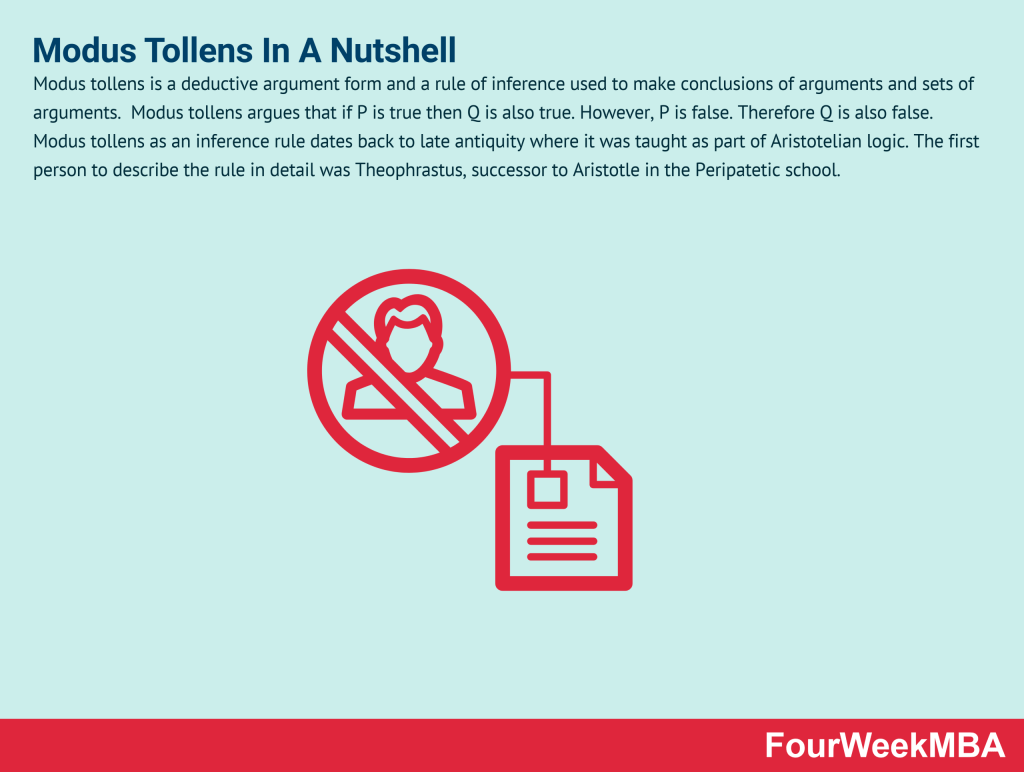Problem-solving is a fundamental skill that empowers individuals to tackle challenges, overcome obstacles, and achieve goals.
Understanding the Significance
1. Empowering Individuals and Teams
- Problem-solving empowers individuals and teams by providing them with the tools and strategies to address challenges effectively.
- It fosters confidence, creativity, and resilience, enabling individuals to navigate uncertainty and achieve success.
2. Driving Innovation and Growth
- Problem-solving drives innovation and growth by inspiring individuals to think creatively, experiment with new ideas, and explore alternative solutions.
- It cultivates a culture of continuous improvement and learning, propelling organizations forward in a rapidly changing world.
3. Enhancing Decision-Making and Adaptability
- Problem-solving enhances decision-making and adaptability by equipping individuals with the analytical skills and critical thinking abilities to evaluate options, anticipate consequences, and make informed choices.
- It enables individuals to respond effectively to changing circumstances and seize opportunities for growth and development.
4. Promoting Collaboration and Communication
- Problem-solving promotes collaboration and communication by bringing together diverse perspectives, skills, and experiences to address complex challenges.
- It fosters teamwork, synergy, and mutual understanding, strengthening relationships and driving collective success.
Key Principles of Problem-Solving
1. Define the Problem
- Clearly define the problem or challenge at hand, identifying its root causes, underlying factors, and potential implications.
- Break down the problem into manageable components, clarifying objectives, constraints, and desired outcomes.
2. Analyze Information and Gather Data
- Gather relevant information and data from multiple sources, including stakeholders, experts, and research studies.
- Analyze the information to gain insights into the nature of the problem, its scope, and potential solutions.
3. Generate Alternative Solutions
- Brainstorm and generate a range of alternative solutions to address the problem, encouraging creativity, innovation, and out-of-the-box thinking.
- Evaluate the pros and cons of each solution, considering feasibility, effectiveness, and potential risks.
4. Implement and Monitor Solutions
- Select the most viable solution based on thorough analysis and evaluation, taking into account stakeholder input and organizational objectives.
- Develop a detailed action plan for implementing the solution, assigning responsibilities, setting timelines, and allocating resources.
- Monitor the implementation process closely, tracking progress, addressing challenges, and making adjustments as needed to ensure success.
Strategies for Effective Problem-Solving
1. Collaborative Problem-Solving
- Foster a collaborative problem-solving approach that engages diverse perspectives, skills, and experiences.
- Encourage teamwork, communication, and knowledge sharing to leverage collective intelligence and creativity.
2. Systematic Problem-Solving Processes
- Adopt systematic problem-solving processes and methodologies, such as the PDCA (Plan-Do-Check-Act) cycle or the 5 Whys technique.
- Follow structured steps to define problems, analyze data, generate solutions, and evaluate outcomes systematically.
3. Data-Driven Decision-Making
- Embrace data-driven decision-making by leveraging data analytics, metrics, and key performance indicators (KPIs) to inform problem-solving efforts.
- Use data to identify trends, patterns, and insights that can guide strategic decision-making and solution development.
4. Continuous Learning and Improvement
- Cultivate a culture of continuous learning and improvement, encouraging individuals and teams to reflect on past experiences, learn from mistakes, and adapt strategies accordingly.
- Foster a growth mindset that embraces challenges as opportunities for growth and development.
Conclusion
In conclusion, a problem-solving approach serves as a cornerstone for navigating challenges, driving innovation, and achieving success in diverse contexts. By embracing key principles such as defining the problem, analyzing information, generating alternative solutions, and implementing and monitoring solutions, individuals and teams can effectively address complex problems and seize opportunities for growth and development. Through strategies such as collaborative problem-solving, systematic problem-solving processes, data-driven decision-making, and continuous learning and improvement, we foster environments that empower individuals to tackle challenges with confidence, creativity, and resilience. As we harness the power of problem-solving to drive innovation, enhance decision-making, and promote collaboration, we pave the way for a brighter future characterized by ingenuity, adaptability, and collective success. By embracing a problem-solving approach, we empower individuals and organizations to thrive and flourish in an ever-changing world.
Connected Communication Models
Aristotle’s Model of Communication



Helical Model of Communication







Transactional Model of Communication






Integrated Marketing Communication





Main Free Guides:








